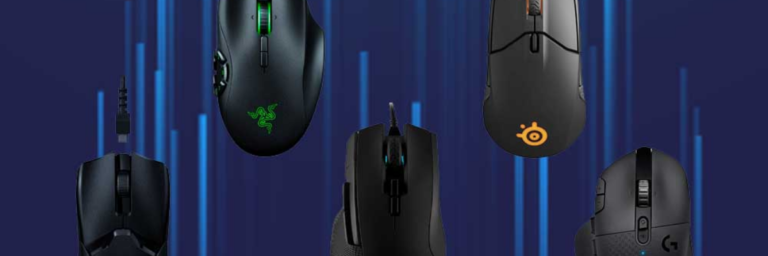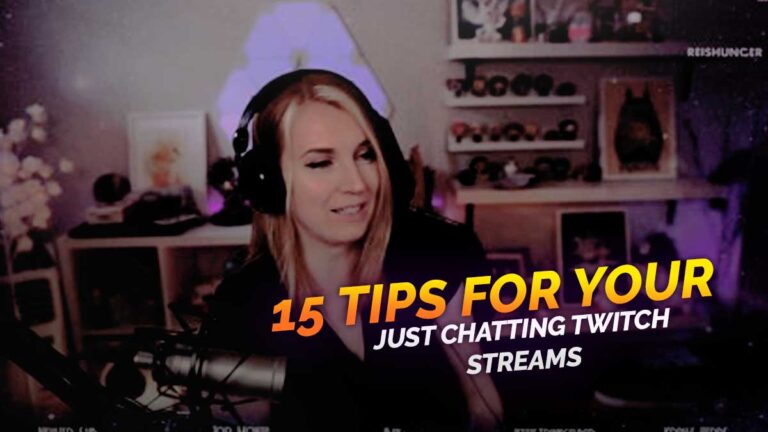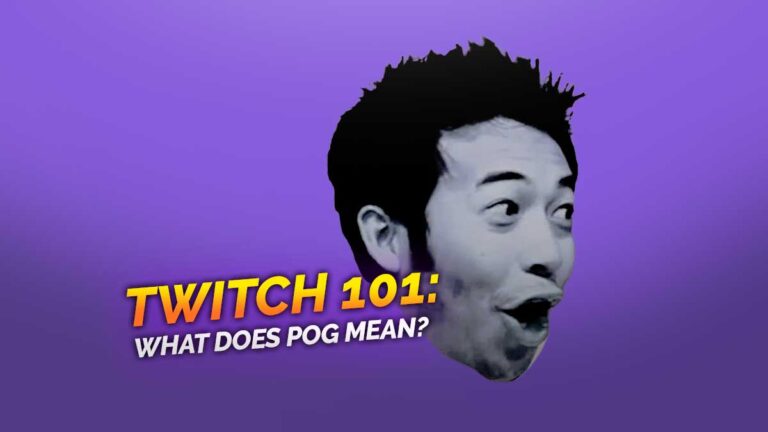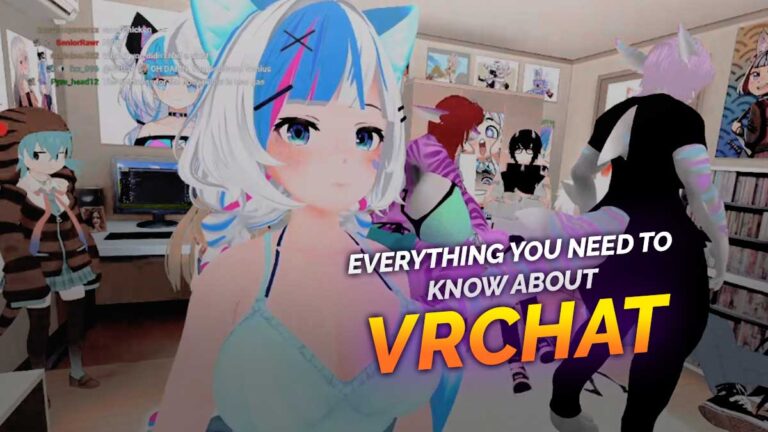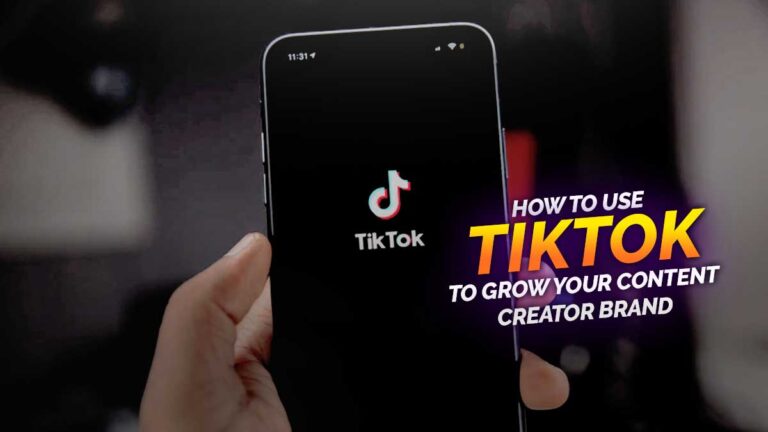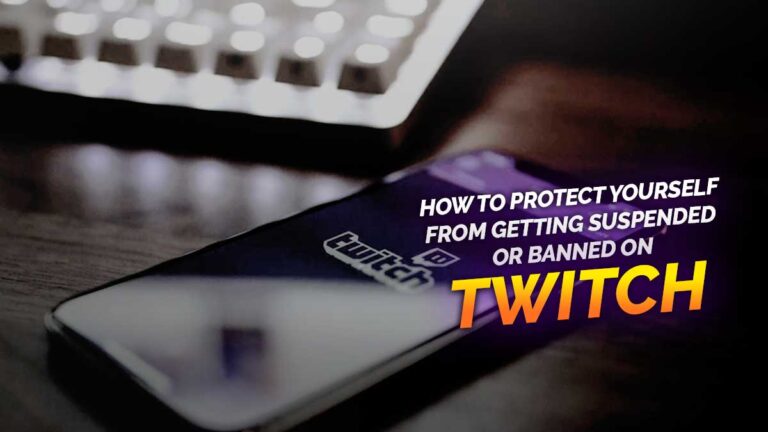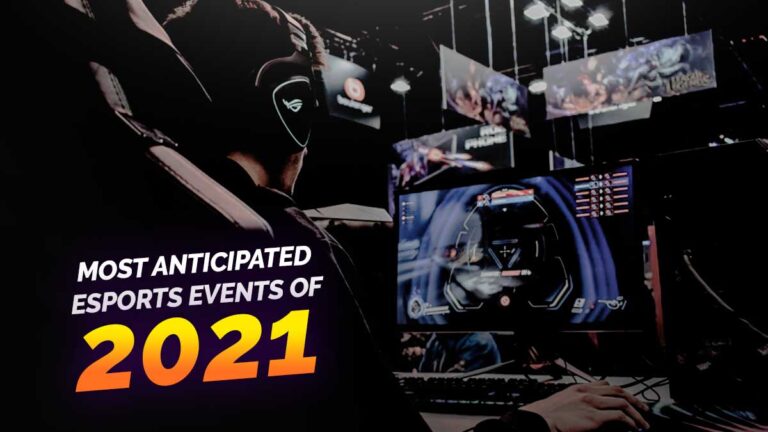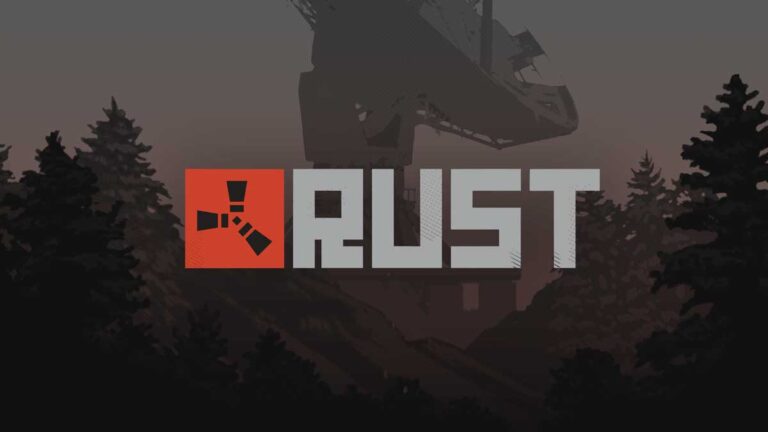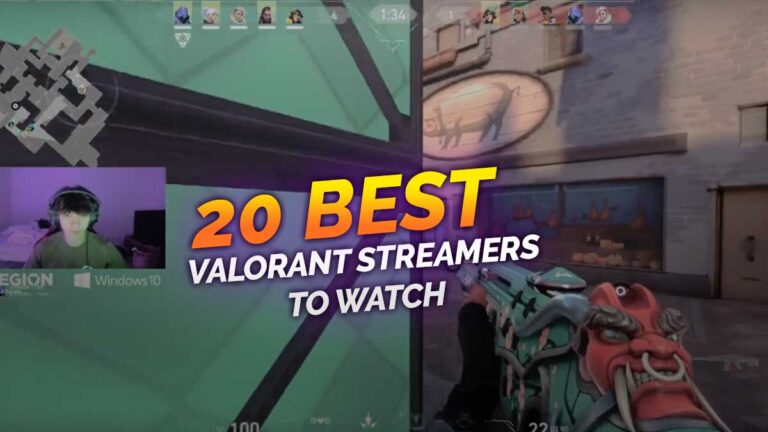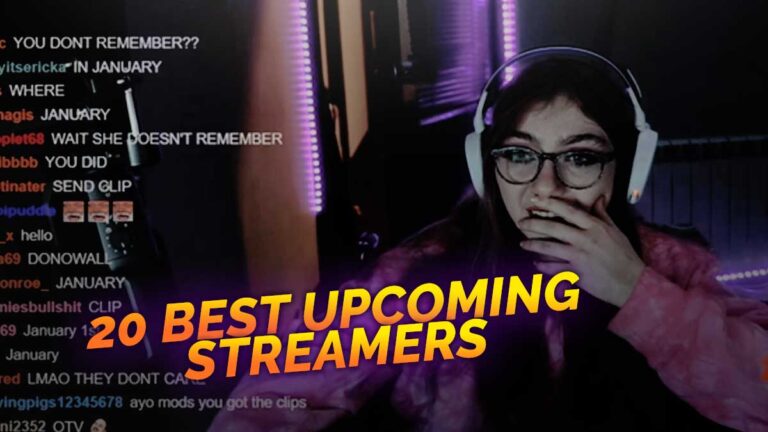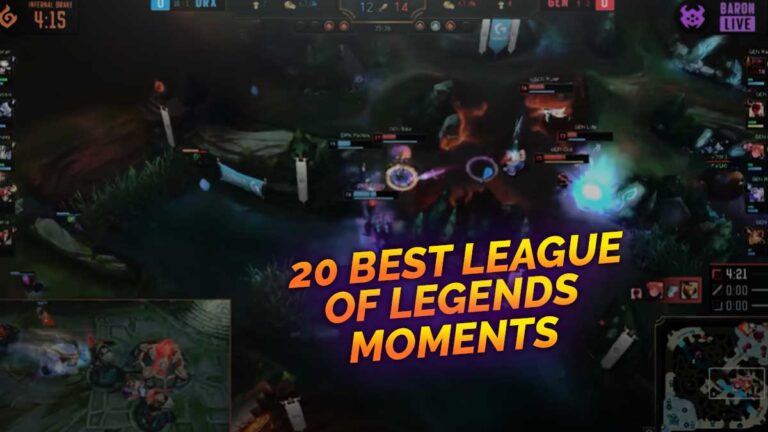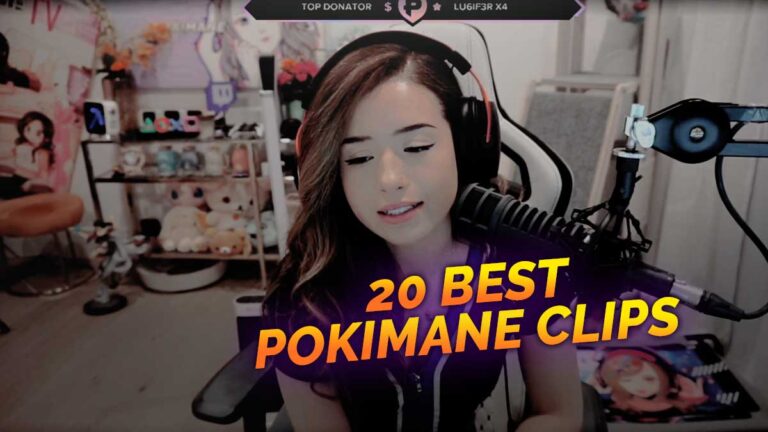Riot recently gave a sneak peek of how the developers come up with weapon skin designs for Valorant.
Here’s how your favorite weapon skins come alive in-game!
Transparency
Riot never fails to be transparent when it comes to Valorant’s development process.
Keeping true to the spirit, the developers even gave a behind-the-scenes look into how they create and design weapon skins.
This also includes how they collectively decide on which weapons to make a design of.
Preeti Khanolkar, Valorant’s producer, along with her premium content team, are the leading creatives responsible for the game’s cosmetic designs.
They overlook and plan each weapon skins, sprays, gun buddies, and more.
Behind the scenes
In a recent blog post, they decided to shed light particularly on the game’s weapon skins.
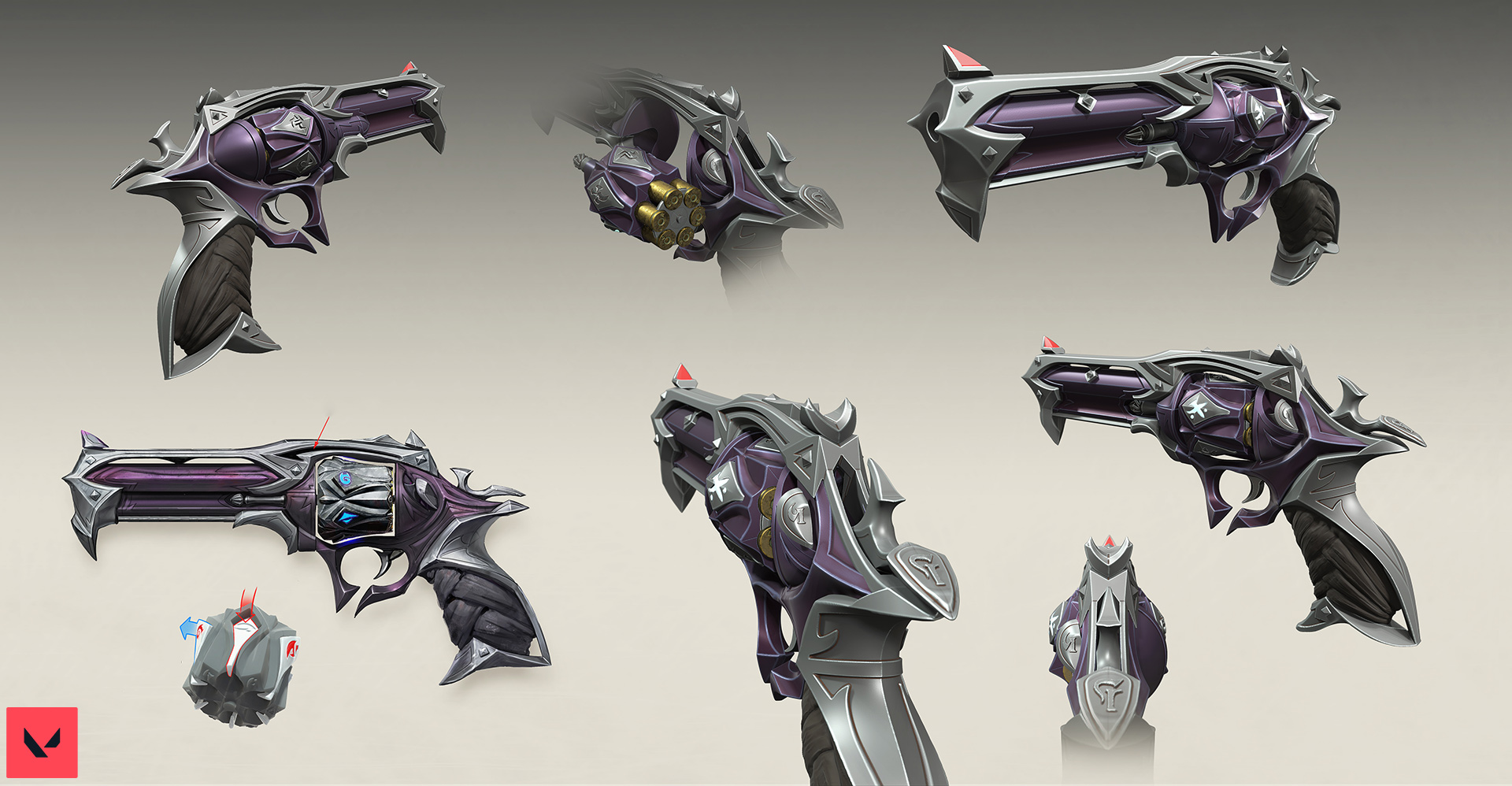
“A fresh coat of paint on your favorite weapon is great, but what more can we do to make you feel an alternate fantasy,”
“And how far can we push it? This far? Yes. That far? No, stop it. That’s the balance we’re always looking to strike. But before we fall in love with a skin idea, we ask ourselves how we’d execute something like that in VALORANT and whether or not that’s something players even want.”
The team abides by a specific set of rules in terms of weapon customization. All skin ideations begin after a series of questions:
-
- What are some adjectives to describe it?
- What theme song sets the mood?
- Is there a single key piece of art that captures the universe?
- In this alternate universe, who’d use this weapon?
- What materials is the weapon made of?
- How do we want a player to feel when they use this weapon? What’s their mood?
- What’s the “oh sh*t!” moment a player experiences the first time they see this skin?
The concept artists will then take the ideas and put them on paper. Shortly after, the work will be sent to the animation and VFX teams, then the audio team.
A skin’s art, model, animation, visual and sound effects are aimed to be fully immersive in first-person only.
Meanwhile, teammates and opponents will see a skin’s model only in the perspective of a third-person player.
On Valorant, there will be no pay-to-win advantages when it comes to weapon skins.
Creating new skins for Valorant
The process of designing new skins for Valorant is further explained in the blog post.
The art design will be heavily based on the research team’s collected information and data from surveys and lab feedback.
For players who desire specific weapon skin designs, don’t miss out on participating in Riot’s frequent surveys.
On weapon skin animation
The Valorant design team believes:
“using a new weapon skin should never mean having to relearn a weapon.”
Any in-game weapon should not make a player feel slower, nor take up less or more space on the screen.
Feeling faster is okay, but “actually being faster is unacceptable.”
The team also tackled audio changes for its various weapons. Weapon skins will possess different sound cues, but it won’t be any louder or quieter than its base version.
“We never want you to think you failed to clutch a round because a skin caused you to miss a critical sound cue,”
“If you’re relying on audio for your spray control, we don’t want new firing sounds to mess with that.”



